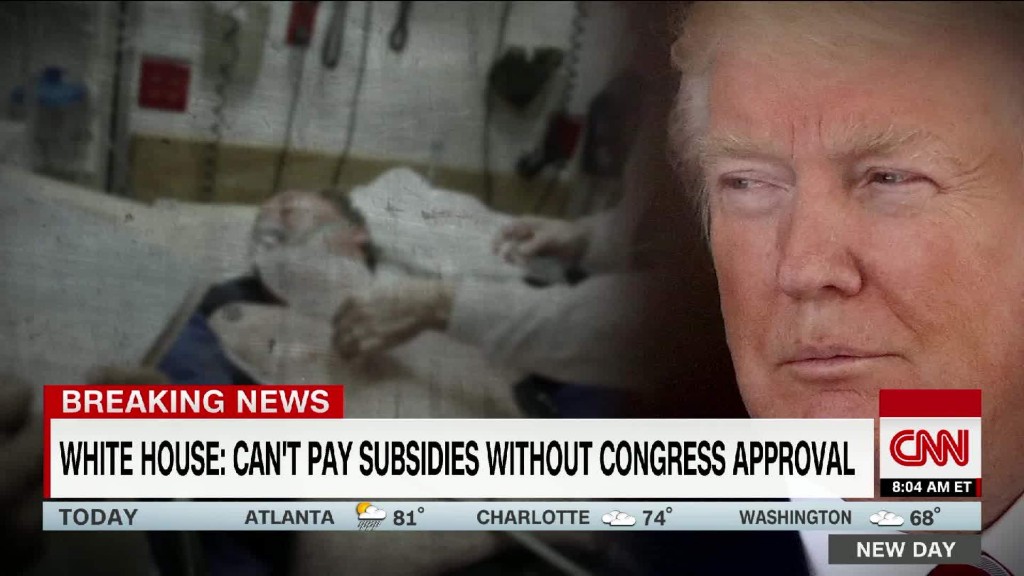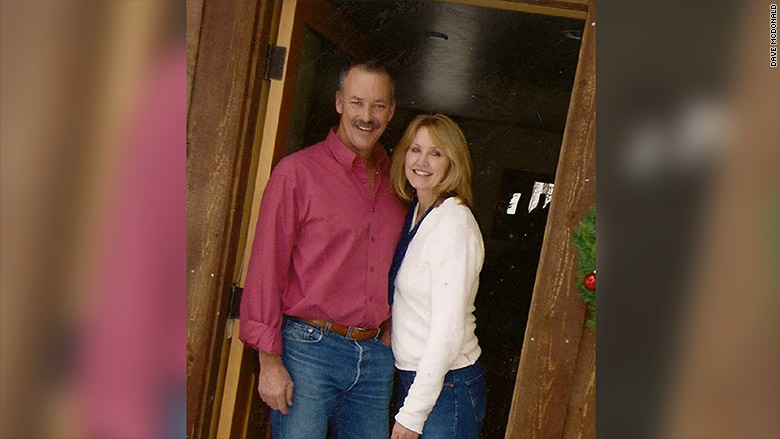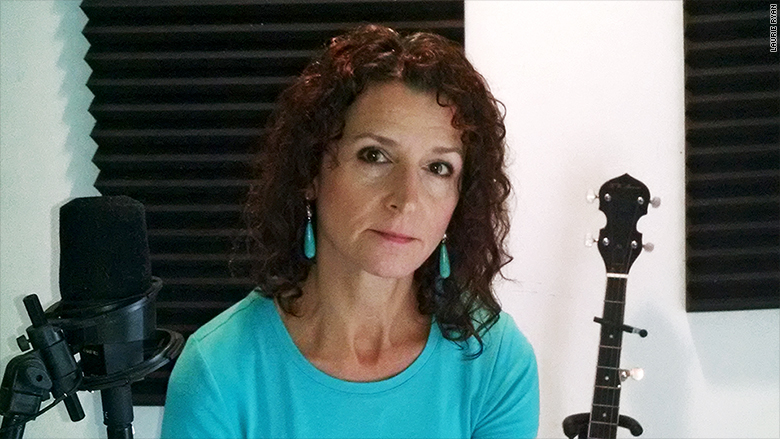
Dave McDonald is no fan of Obamacare.
The health reform law has prevented the 59-year-old from saving as much for his golden years as he would like. A retired mining engineer, McDonald and his wife, Lorraine, now run a bed-and-breakfast in Dutch John, Utah, and he also works as a fishing guide on the Green River. Both jobs help cover the extra $11,000 a year the couple has to pay in health insurance premiums.
"When the cost of health care more than doubles, you have to do something," said McDonald, whose premiums went from $350 a month in 2013 to $1,320 a month this year. He calculates he has to work 45 days on the river just to pay for their additional health care expenses.
McDonald, who earns too much to qualify for the federal subsidies that would lower his premiums, could very well have to shell out even more for policies next year. Rates in Utah will soar an average of 39% for 2018, in part because carriers are looking to shield themselves from the uncertainty emanating from Washington D.C.

Like their peers in many states around the nation, Utah's insurers are steeply hiking rates for next year in part because they anticipated President Trump would stop funding a key set of Obamacare subsidies that help lower-income enrollees afford health care. Trump lived up to his vow earlier this month when he announced that he would end the cost-sharing payments.
Related: Actually, Trump is raising health insurance premiums
Whom will this move hurt the most?
The middle class, who aren't protected from the rate hikes like those of more modest means.
Nearly seven million people who buy individual policies don't qualify for premium subsidies. These include the roughly 1.6 million Obamacare enrollees who earn more than $47,500 as an individual or $97,200 as a family of four this year, and the 5.1 million who buy individual coverage outside of the Obamacare exchange.
These middle class folks will bear the full brunt of the premium increases, unlike the 8.7 million enrollees who receive federal assistance to keep their premiums to less than 10% of their annual income.
They were the Americans that Trump and congressional Republicans promised to help by repealing and replacing Obamacare.
Instead, they will be hit the hardest.
Related: Trump kills key Obamacare subsidy payments: What it means
After seeing her premiums rise 33% this year, Chicago resident Heather Tamburo is frustrated that her premiums will likely soar again. The stay-at-home mom and her husband, a self-employed photographer, are already paying $1,200 a month to cover themselves and their daughter.
The couple makes too much to qualify for subsidies and expect their rates to rise again for 2018. The average premium for the lowest-cost silver plan in Illinois will rise 35%, while the cheapest bronze plan will go up 20% on average. The Tamburos have already been told that Blue Cross Blue Shield of Illinois won't offer their same bronze plan next year.

"Next year, we'll have to switch to doctors we've never seen and to a plan we've never heard of and will have to pay more," said Tamburo, 53, who preferred the policy she had on the individual market prior to Obamacare because it had smaller annual rate increases.
For Laurie Ryan, the answer may be to leave the country.
Ryan and her husband, Randall, have bought insurance on the individual market since they started their music and voice over production studio in Austin, Texas, more than two decades ago. When the Obamacare exchanges first opened in 2014, their rates went down. But now they pay $816 a month, about $150 to $200 more than they did before Obamacare, for a plan with a $13,000 deductible. Her insurer, Sendero Health Plans, requested a premium hike of 26%, on average, for next year.

The ever-climbing cost of health insurance has pushed the Ryans to consider moving to Panama or Mexico. They've already done the research on the former -- they could get coverage for $5,000 a year in premiums, with a $5,000 deductible. They are visiting Mexico in December to talk to other Americans who have moved there.
"Spending $10,000 a year for health insurance that isn't that great ... we just can't sustain that until we qualify for Medicare," said Ryan, 52, noting they are in very good health.


